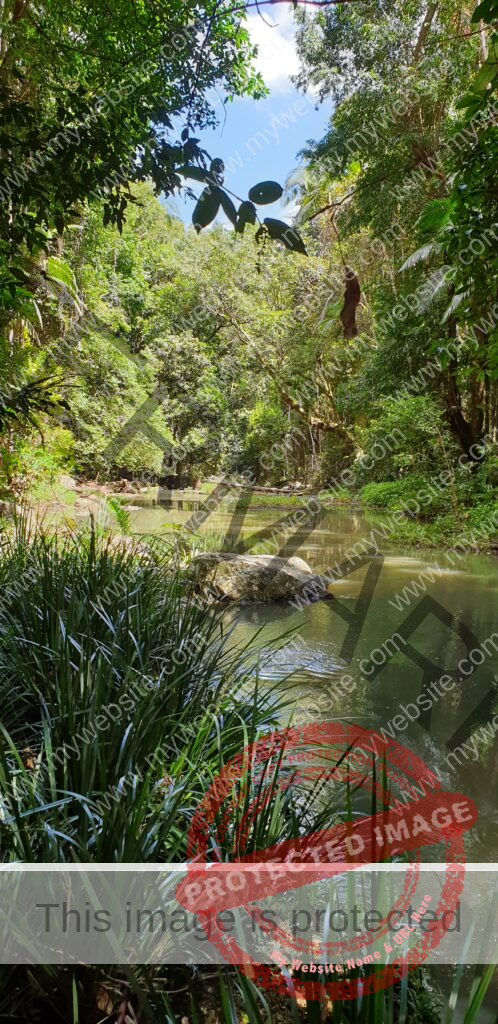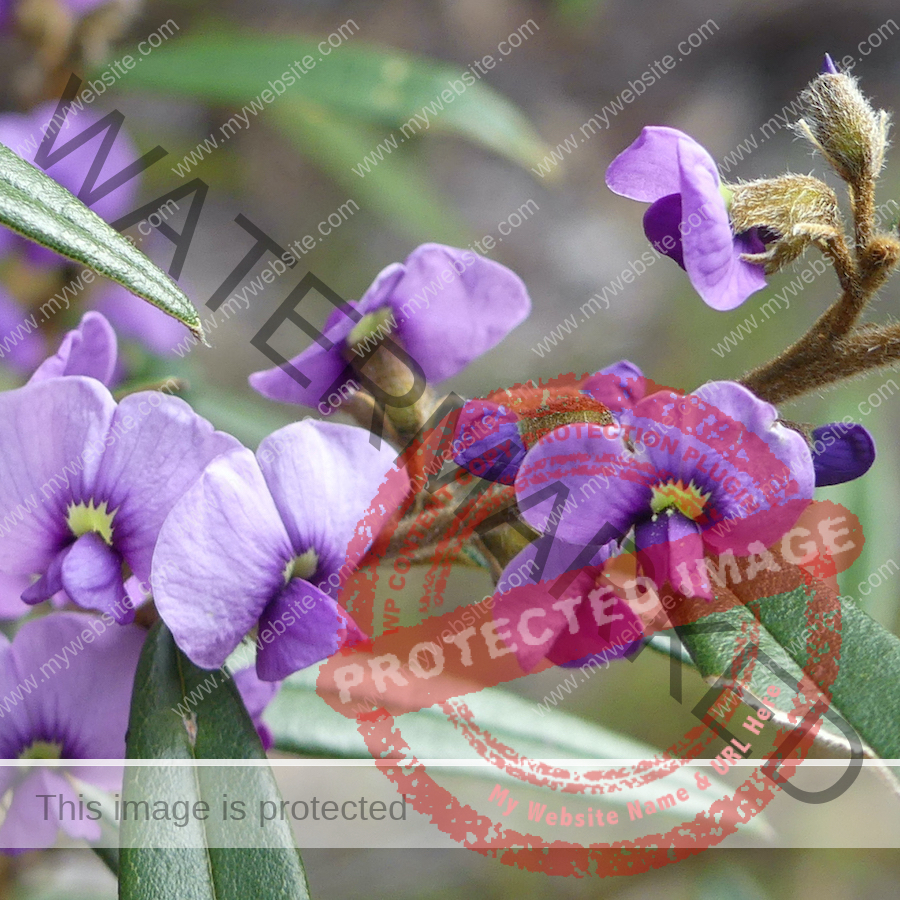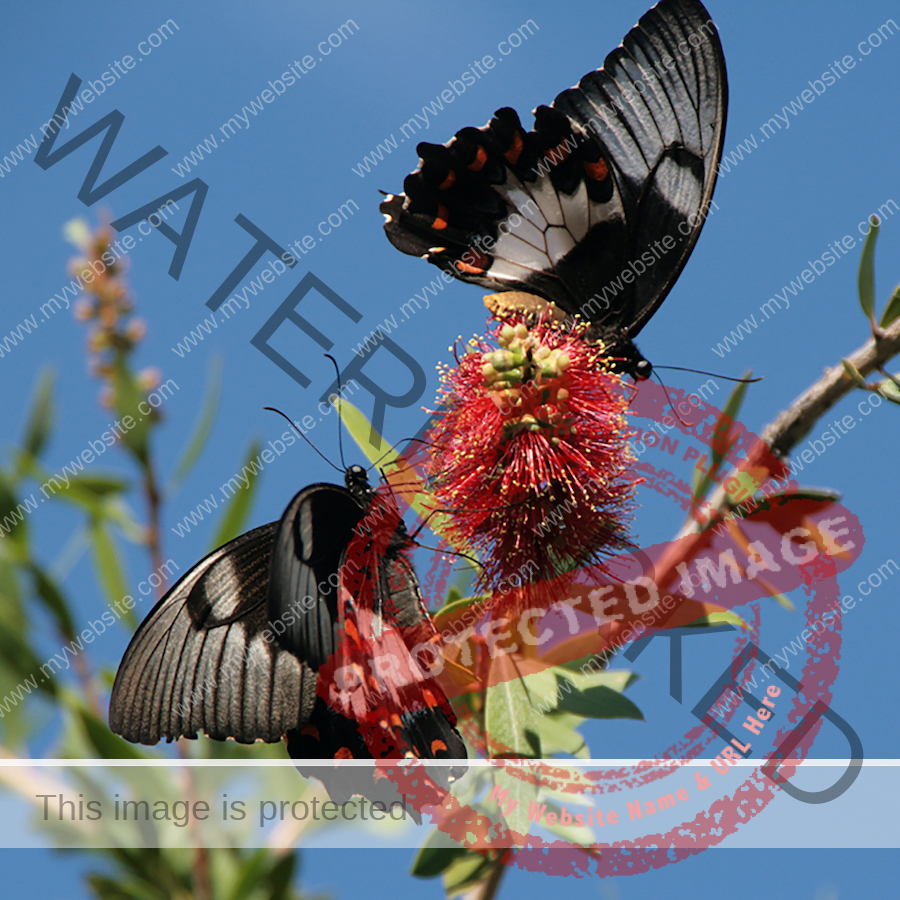Flora & Fauna
A Vibrant Wildlife and Unique Plants
The Blackall Range is a landscape created by volcanoes and sculpted by water over millions of years. Rich basalt soils support warm subtropical rainforest. On the edge of the escarpment there are waterfalls which cascade all year round. Mapleton Falls, Kondalilla and Mapleton National Parks and other small reserves protect the Blackall Range’s remnant forest communities, provide essential wildlife habitat; and scenic places for nature-based recreation.
The Blackall Range has an amazing collection of animals and plants. At least 107 species of birds live in the Blackall Ranges parks.



Observation
Walking the Ranges is one of the best ways to observe the amazing collection of subtropical and rainforest species. There are many walking tracks. Enjoy, keep to the tracks and be safe.




Birds
At least 107 species of birds live in the Blackall Range National parks.
Additionally you might be interested to peruse these websites
Plants
Walking the Ranges is the best way to observe the amazing collection of subtropical and rainforest species.


Reptiles
Over 70 species of reptiles recorded.
Amphibians
There is a recorded 32 species of frogs. These include the vulnerable cascade treefrog Litoria pearsoniana, endangered giant barred frog Mixophyes iteratus and vulnerable tusked frog Adelotus brevis.
The endangered giant barred frog, Mixophyes iteratus, is found along shallow rocky streams or deep, slow moving streams in rainforest, wet open forest and farmland. During the 1980s, this frog disappeared from at least two streams in the Conondale Range, and populations continue to decline. The main threats to the giant barred frog are upstream clearing, decreased water quality and disturbance to riparian vegetation. Recovery plans are in place to try and halt the decline of this species. Cascade tree frogs, Litoria pearsoniana, have been increasing in numbers and have had their status upgraded from endangered to vulnerable—a step in the right direction!
Take part in Australia’s biggest frog count! Download the app.



Fungi
The Blackall Range region, with its many varied habitats, is home to hundreds of species of fungi. Fungi are some of the most diverse and colourful organisms in the natural world.
Butterflies
Butterflies require a healthy environment in order to survive. The Blackall Range region is the home to numerous species – yet another indication of what an incredible place the Blackall Range is.
Butterflies list


Bees
A number of Australian native bee species have been observed across the Range. This includes four of the five Australian bee families: Apidac, Colletidae, Halictidae and Megachilidae. The family Stenotritidae is the exception, most are in Western Australia.
A range of factors influence the presence of native bees: climate, soil, surrounding vegetation, seasonal variations, availability of flowers for nectar and pollen and suitable nesting sites.
Australian stingless bees include:
Tetragonula hockingsi
Tetragonula carbonaria and Austroplebeia
Green Carpenter bees
Blue banded bees [Amegilla]
Teddy bear bees [Amegilla]
Leafcutter bees [Megachile]
European honey bee
Mammals
The mammals of the Blackall Range region include both the introduced and the local species.


Mary River Turtle
This distinctive species of freshwater turtle was only described by scientists in 1994 from the Mary River in the hinterland of the Brisbane region. As a fully grown adult it is probably our largest freshwater turtle, and it is intriguing how it escaped notice by herpetologists for so long.
As an adult, the Mary River turtle has a low streamlined shell, moderately short neck, and well webbed fore and hind limbs. One of the most distinctive features of this species is the extremely long tail in adult males, which can be as long as 70% of the shell length.
.